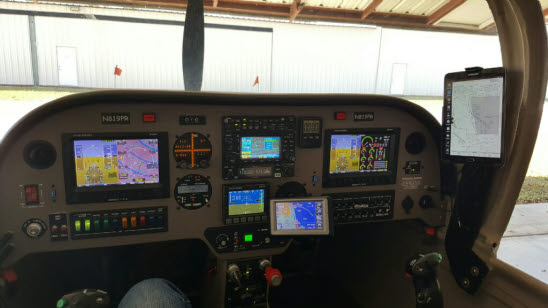I am just now getting back to working on my airplane...been a while...so can someone please help me remember how to manage my USB drives and the various databases?
I have a dual SV-1000 system and two SanDisk Cruzer Fit CZ33 32GB USB 2.0 Low-Profile Flash Drives. I just did the "Method One" database download. I have a Jeppesen subscription on my Foreflight. I will be flying IFR.
The questions are:
-Why did I need two of these flash drives?
-Do they need to be plugged in at all times?
-The installation manual suggests having a number of USB drives to
keep one for each of the various tasks, what is the best practice for this
(in other words how many USB drives should I maintain and for what
purposes)?
-Other than the Jepp on the Foreflight, can I add my Jepp subscription
to the SV in addition to the Foreflight?
This is just like being married...Please simply tell me what to do and I will do it...and...tell me what to buy and I will buy it.
THANKS EVERYONE!!!





















I have a dual SV-1000 system and two SanDisk Cruzer Fit CZ33 32GB USB 2.0 Low-Profile Flash Drives. I just did the "Method One" database download. I have a Jeppesen subscription on my Foreflight. I will be flying IFR.
The questions are:
-Why did I need two of these flash drives?
-Do they need to be plugged in at all times?
-The installation manual suggests having a number of USB drives to
keep one for each of the various tasks, what is the best practice for this
(in other words how many USB drives should I maintain and for what
purposes)?
-Other than the Jepp on the Foreflight, can I add my Jepp subscription
to the SV in addition to the Foreflight?
This is just like being married...Please simply tell me what to do and I will do it...and...tell me what to buy and I will buy it.
THANKS EVERYONE!!!

